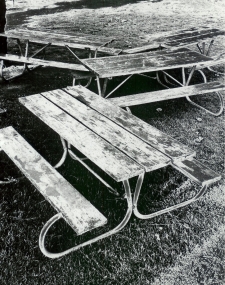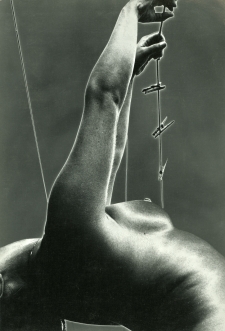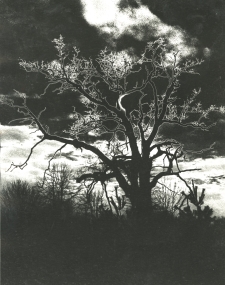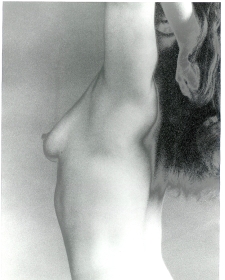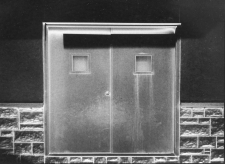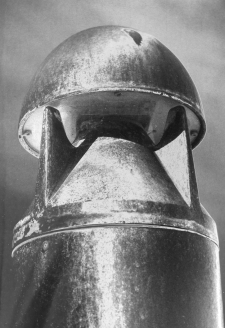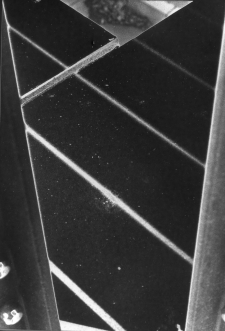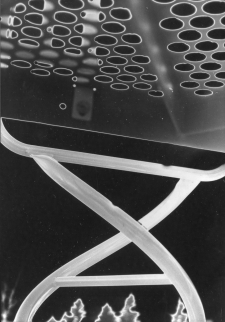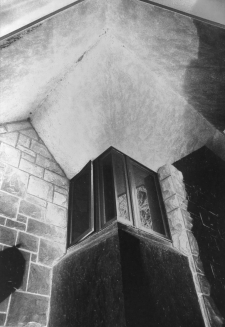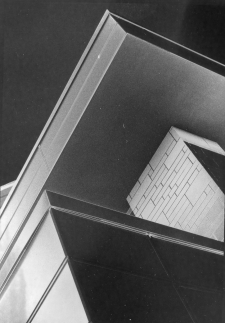Series
Sculpture
Drawing
Photography
Mosaics
BFA Exhibition
About
Other
Photography - The Sabattier Effect
The Sabattier Effect has been around since the 1800s but became widely used by some early 20th-century photographers like Man Ray. An image using this technique contains both positive and negative tones, lending itself to a Surrealistic look and an enhacement of textures and compositional elements.
The general method for achieving this look is to make a normal exposure on either film or enlarging paper. The film or paper is then placed in a developer. About halfway through development, it is removed, washed, and then exposed to plain light, after which it is returned to the developer and the normal process of stop, fix, and wash takes place. In my work, I usually end up with a fairly dark and dense image so I place it in a bleach solution (potassium ferricyanide and sodium thiosulfate) which begin to remove some of the developed metallic silver from the image, working on the highlights first. When the desired effect is reached, it is then fixed and washed again. There are many variables in the process such as the length of the first and second exposure as well as the type of developer used. Experimentation is the key.
Click on an image to enlarge it.
